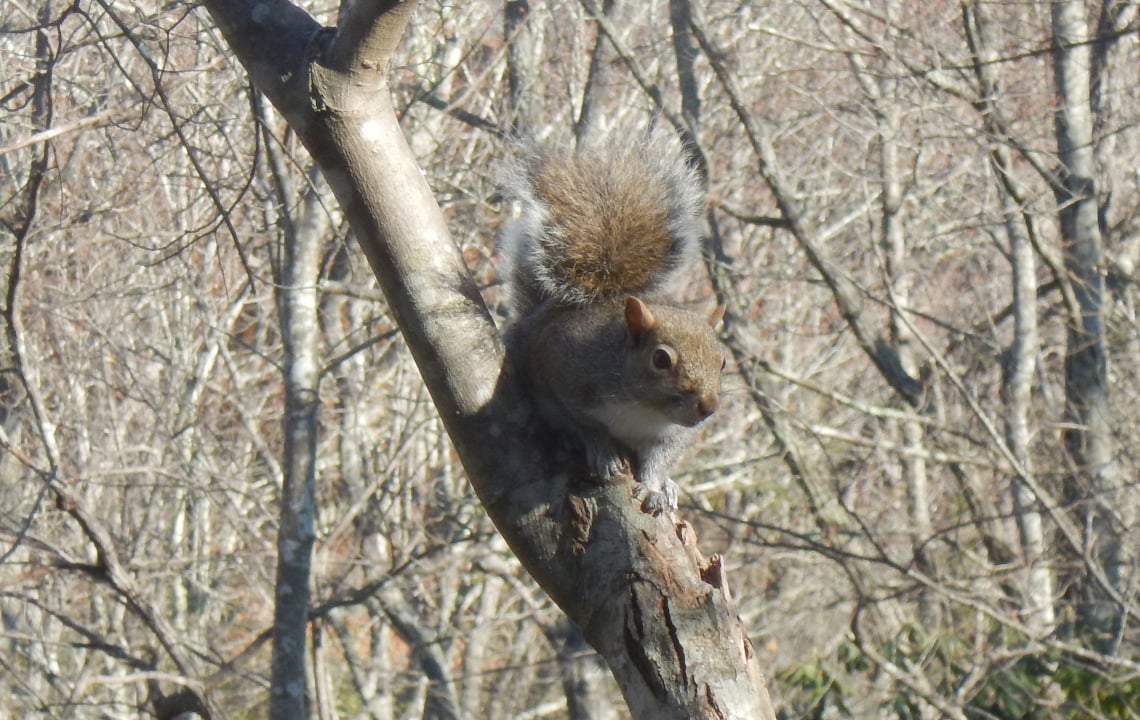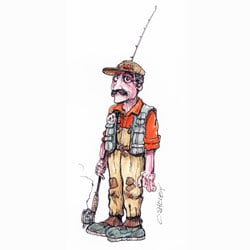Experienced hunter, father, and grandpa Jim Mize reflects on the life lessons and self-sufficiency skills he learned during his first hunting experience in pursuit of squirrels. If you're interested in getting your kids started hunting, or are an aspiring hunter yourself, this article's for you.
My first hunting experience as either an unarmed apprentice or carrying my first shotgun was in pursuit of squirrels. Not to be confused with today’s bird-feeder bandits, wild squirrels spend their days avoiding predators and can become elusive creatures.
In hindsight, squirrels were the perfect game to learn hunting skills from, and perhaps more young hunters should start this way.
Early on, I served as an apprentice squirrel hunter, meaning I followed Dad through the woods while he explained what we were doing. This might have been the most important part of my hunting education.
I say “follow” because that was an important hunter safety point. I was never allowed in front of the gun, and I quickly learned this as it allowed me to keep going on hunts.
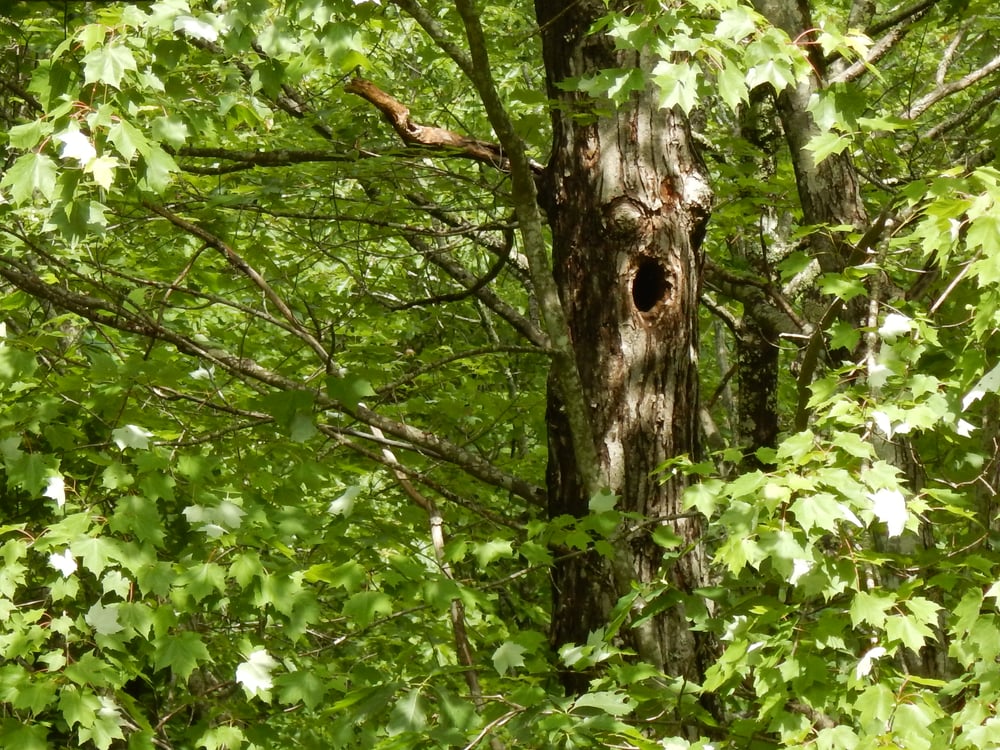
While walking through hardwoods, he also taught me to recognize the signs of squirrels.
Usually, these were hickory nut cuttings, where shells were scattered through the leaves from recent feeding activity. Later in the season, once the leaves had fallen, Dad would point out nests and den trees that might also represent good places to sit and wait.
Other lessons were learned on these trips without even talking about them
One was the importance of patience. Standing or sitting still, listening, and observing take time and that skill had to be learned.
Likewise, the ability to move quietly aided a squirrel hunter to slip in under a tree where a squirrel was feeding. Finding the quietest path to the tree over dry leaves was no easy task.
Locating squirrels by sound was important early in the season while the leaves were still on the trees and blocked our view.
Sometimes we found squirrels by hearing them bark. Other times, the steady sound of hickory nut shells falling from higher branches or the shaking of a limb as a squirrel jumped might give them away.
To become a better hunter, I had to learn about the trees they fed in. Hickory and beech trees provided early-season food for squirrels where I hunted. I learned to recognize both from a distance by their shapes, leaves, and bark.
My first shotgun was a single-barrel 20-gauge. It was well-worn when I got it and simple to operate. I just had to pull back the hammer and pull the trigger. From the vantage of learning to hunt, the single shot also made a hunter take care and time to shoot well. It might be the only chance I got.
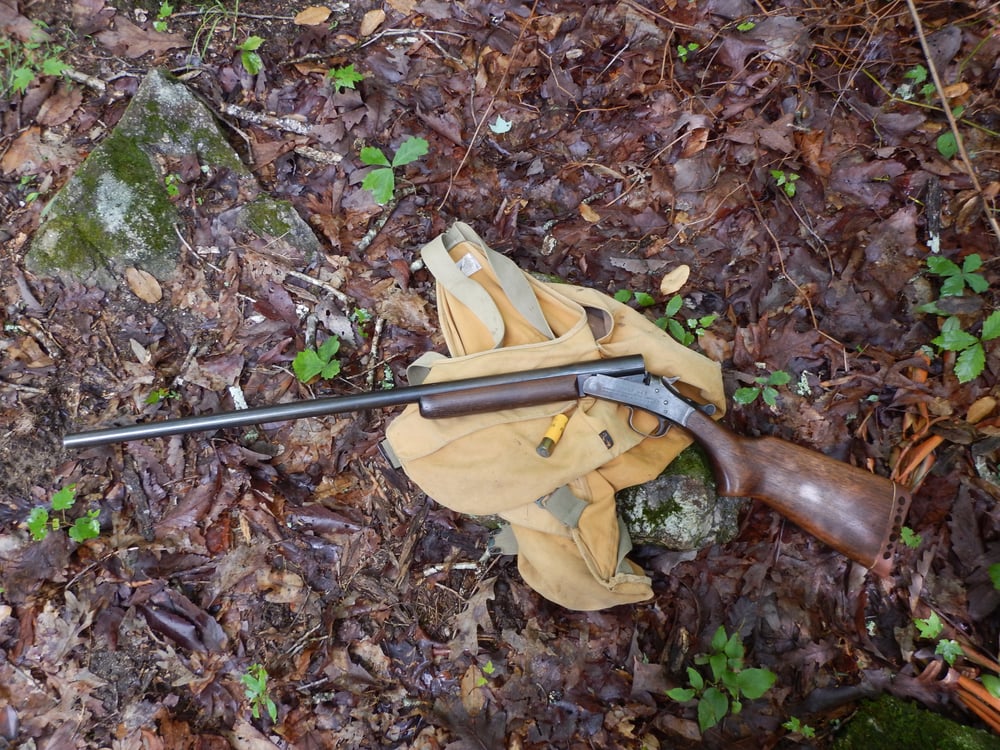
Once I was carrying a gun, I had to make sure I either walked in front or kept the barrel away from others. A quick reprimand would remind me if the barrel swung across another person.
After hunting together for a season, Dad and I began to split up to expand the area we covered
Then I had to pay attention to terrain and landmarks so I wouldn’t get lost.
Having spent time in the woods prior to hunting made this second nature, but still, I made note of creeks, ridges, distant mountains, and old roadbeds to find my way home. On evening hunts, retracing steps often occurred in fading light.
The standing rule in our house was that we ate what we shot, so nothing was wasted. This also prevented frivolous shooting of non-game animals that might have tempted a hunter.
In addition to learning how to skin squirrels, I also saved the tails for making flies and fishing lures. When I had more squirrel tails than I needed, I traded the surplus to the Mepps company for fishing spinners they made with the tails.
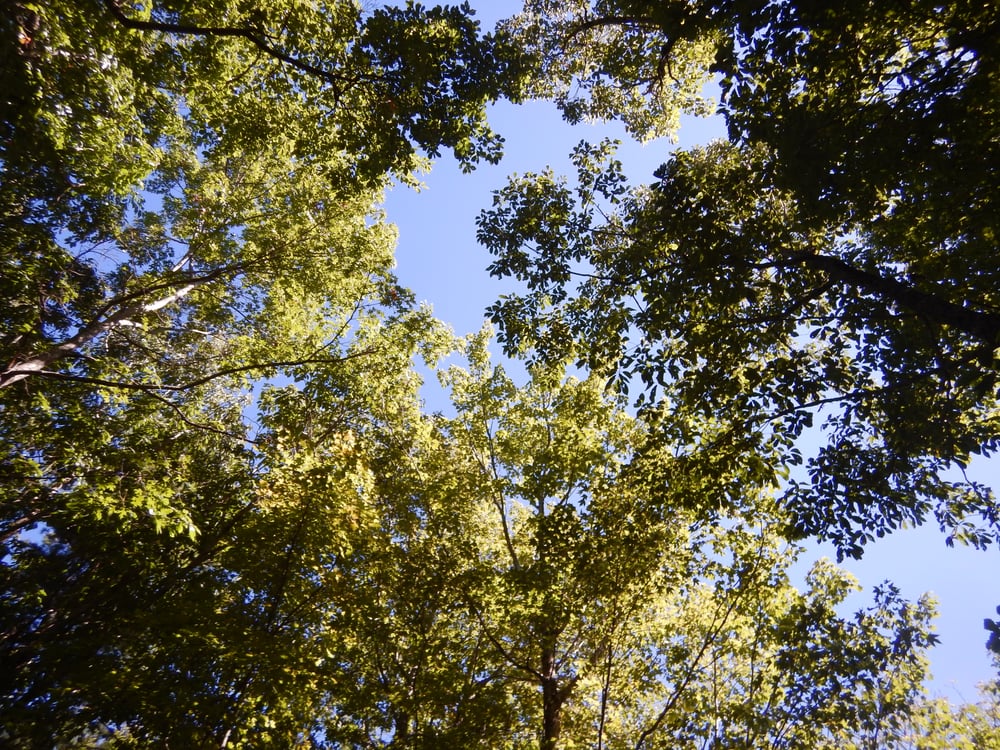
Thinking about all these lessons and how they apply to young hunters today, a few pointers stand out.
First: Include children in hunts early on
The time my elders invested in me contributed to my wood skills and knowledge of hunter safety. Taking youngsters on hunts before they are old enough to carry a gun will make them safer and better hunters down the road.
Second: Patience and observation are learned skills
Slowing down and looking around are not second nature to young hunters, but knowing why we do that will help them understand the importance. These are crucial skills in pursuing any game they might hunt.
Third: Understanding the game we pursue is a critical hunting skill.
Though game animals differ, learning each one’s habits and habitat is a necessary step to success.
Fourth: Young hunters benefit from learning self-sufficiency
These lessons include finding one’s way back to the car after an evening hunt or the ability to dress a squirrel for dinner. The confidence this instills spills over into the rest of their outdoor pursuits.
Last: The process of learning through mentoring creates the next generation of mentors
These young hunters will remember how you taught them so they can pass this knowledge along the same way.
For turning young hunters into safe and ethical hunters, the pursuit of squirrels is perhaps the right game.


